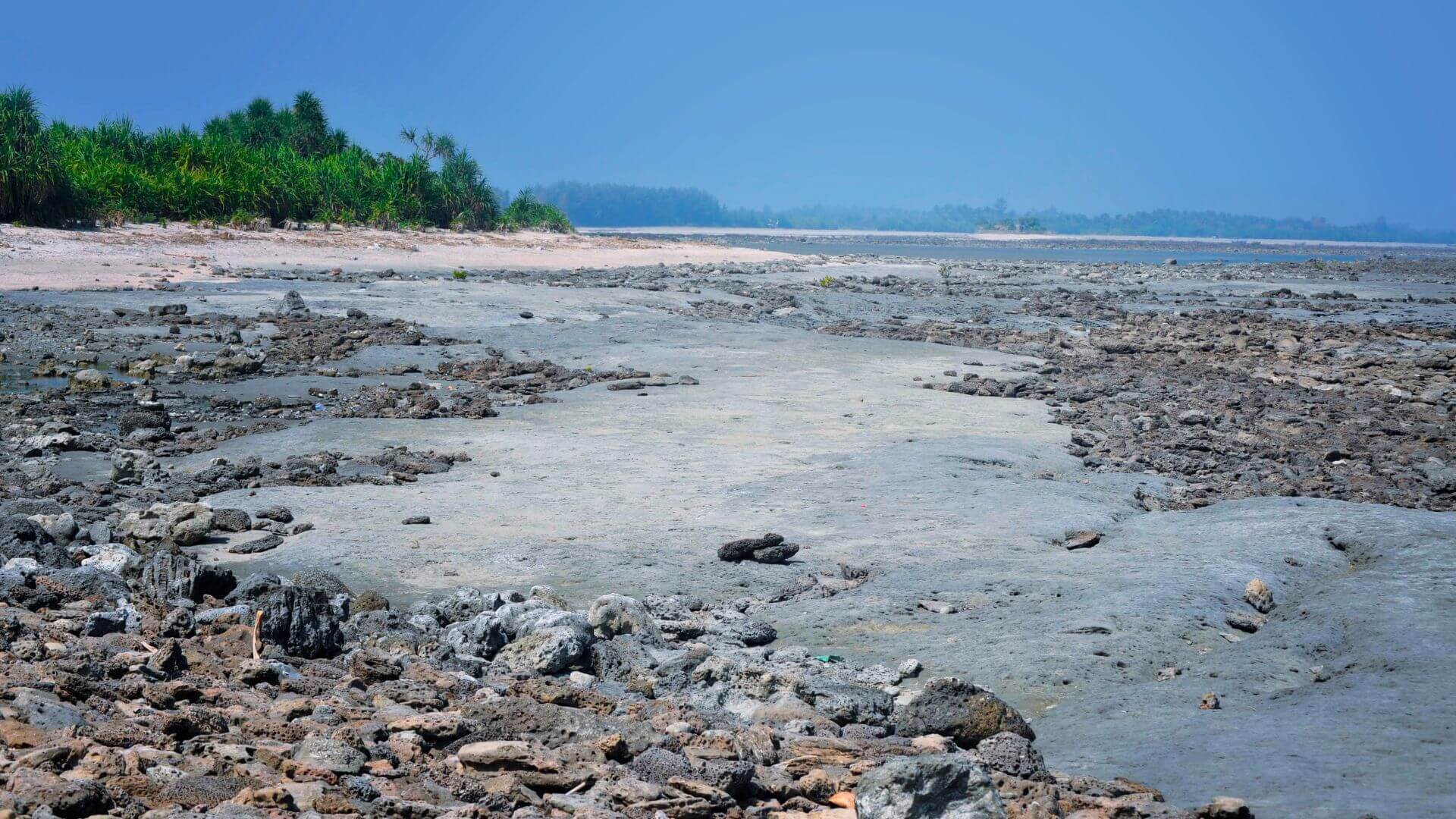AUGUST 22, 2023

The Climate Prosperity Plans initiative, launched by Sara Jane Ahmed (Awardee 2021) and expanded through the Climate Breakthrough Award program, aims to recalibrate how climate-vulnerable nations approach their economic and environmental futures. In the face of mounting climate challenges, the innovative project represents a strategic pivot from traditional climate action planning to a more comprehensive approach that ties climate resilience directly to economic prosperity.
The Challenge
For the world’s most climate-vulnerable nations, the crisis is already a present-day fiscal emergency. These countries, collectively representing about 1.5 billion people, face a perfect storm of challenges. They are grappling with high capital costs ranging from 6% to 28%, compared to just 1% to 4% in G20 nations. Their total external public debt stands at a staggering $686.3 billion, with nearly half a trillion dollars in payments due between 2022 and 2028.
The situation is further complicated by their power sectors, which remain largely state-owned, limiting access to capital and technological modernization. Perhaps most alarming is the financial protection gap—98% of assets and livelihoods in these nations remain unprotected against climate-related disasters. Traditional revenue streams, often dependent on fossil fuels, further complicate their transition to sustainable alternatives.
The Initiative
Climate Prosperity Plans (CPPs) offer a radical departure from conventional climate action strategies. Instead of treating emissions reduction as the primary goal, CPPs position it as a beneficial by-product of economic modernization and growth. These plans serve as strategic investment frameworks, designed to mobilize financing through international economic cooperation for renewable energy and resilience projects.
The approach is three-pronged. In the short term, CPPs focus on providing immediate liquidity to prevent defaults and economic instability. The medium-term strategy centers on debt restructuring and sustainability. Long-term planning emphasizes improved capital market access and investor relations, with dedicated deal-making teams working on behalf of climate-vulnerable nations.
The initiative aims to develop CPPs for dozens of vulnerable nations by 2024, with at least 20 moving into implementation by 2030. The financial scale matches this ambition—the first two CPPs alone, in Sri Lanka and Bangladesh, have identified over $100 billion in investment needs. The overall goal is to leverage half a trillion dollars of inward investment within a decade.
The Vision
The program’s long-term impacts could be transformative. By 2030, participating nations aim to be well on their way to achieving maximal resilience and 100% renewable energy targets. But beyond environmental metrics, the initiative envisions concrete economic benefits: reduced poverty, enhanced livelihood quality, improved employment opportunities, and progress toward debt sustainability. It also aims to shift international investment patterns, particularly from major players like China, targeting a 50% shift from fossil fuels to renewables in vulnerable nations by 2025.
Perhaps most importantly, CPPs offer a pathway for vulnerable nations to move beyond dependence on foreign aid. By developing robust financial architecture and mechanisms, these countries can attract foreign direct investment and forge climate trade partnerships on more equal terms. This approach could fundamentally reshape how climate-vulnerable nations participate in the global economy, transforming them from aid recipients to investment destinations.

